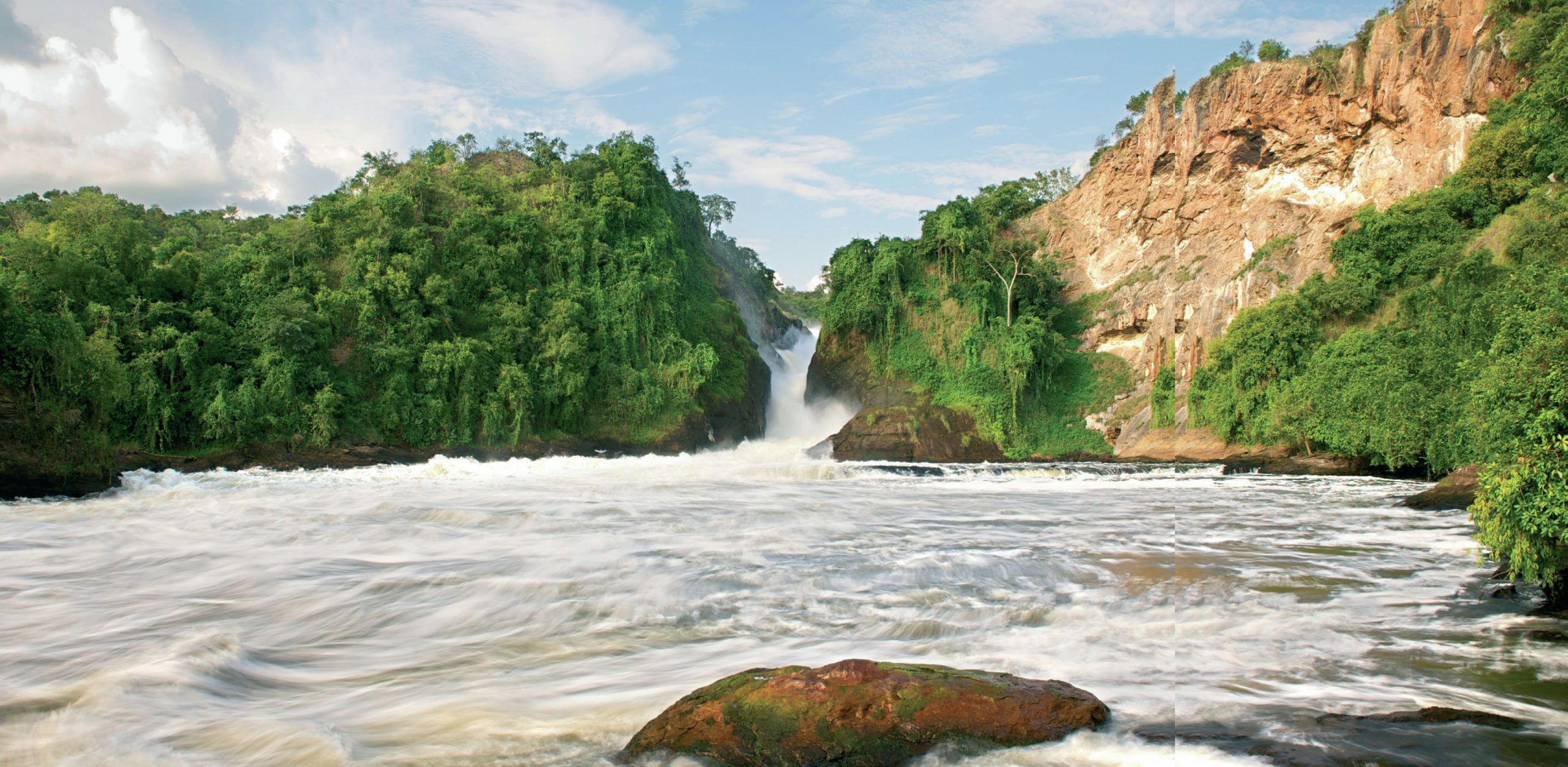
The Nile is the world’s longest river and has long been an area of fascination for geographers. Famous explorers such as Livingstone, Speke, Burton and Stanley tried to find its source, and there is still debate as to where the true source of the Nile is located. However, a debate of greater significance is currently taking place in Uganda: whether or not to build a new dam on the White Nile. This could damage a thriving tourist industry in the country’s largest town, Jinja, the self-proclaimed ‘adventure capital of east Africa’.
Uganda is a landlocked nation in east Africa and therefore faces issues of energy security (see Figure 1 in Box 1). One challenge is that fuel imports, such as coal or oil, must pass through either Tanzania or Kenya, via the ports of Dar es Salaam and Mombasa respectively. Because of this, Uganda could become over-reliant on these nations for fuel imports. Oil has been found in the north of Uganda, but its extraction is controversial due to it being situated in a National Park. Oil-based fuels are also not the most environmentally friendly means of electricity production.
Your organisation does not have access to this article.
Sign up today to give your students the edge they need to achieve their best grades with subject expertise
Subscribe




